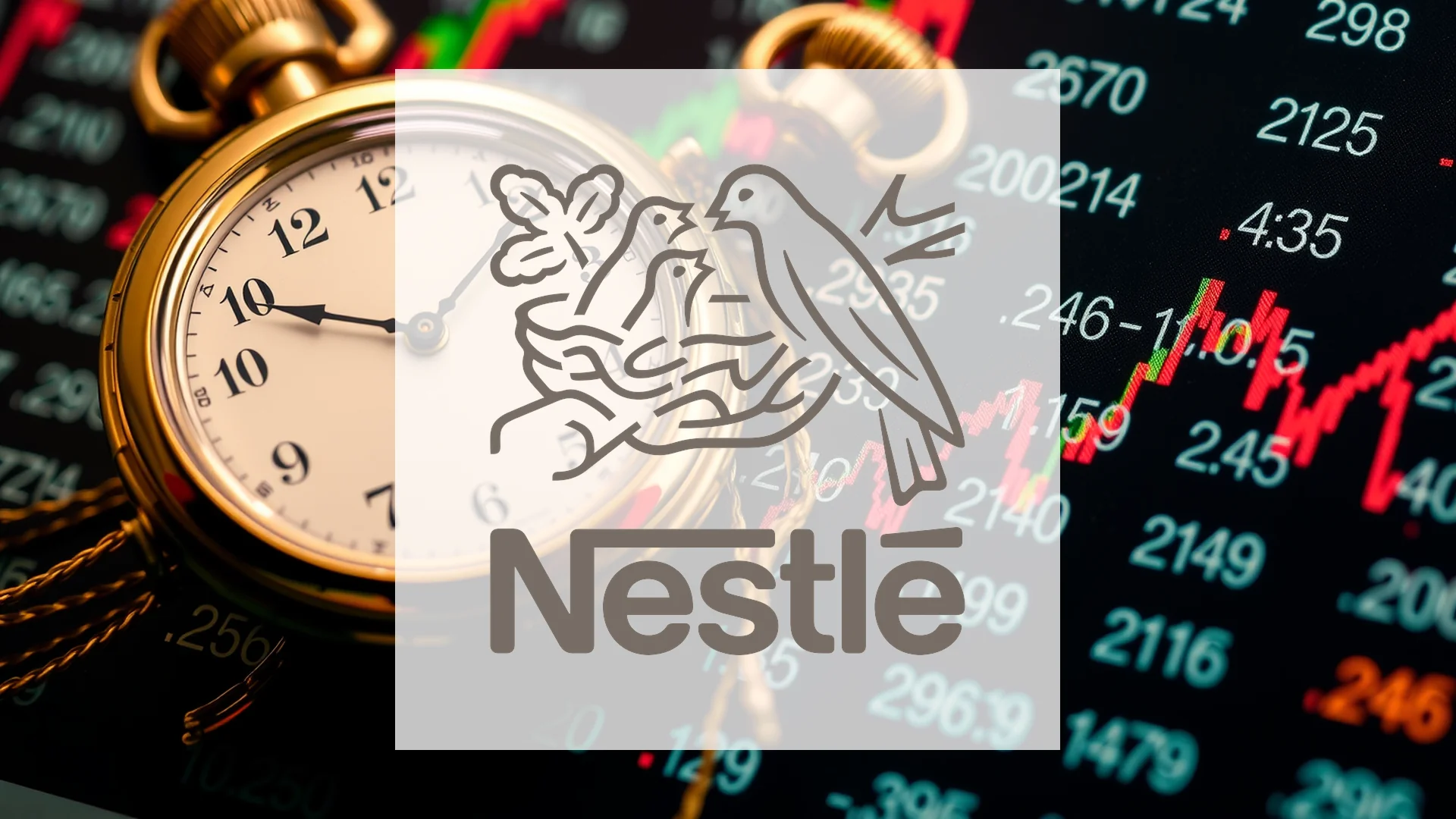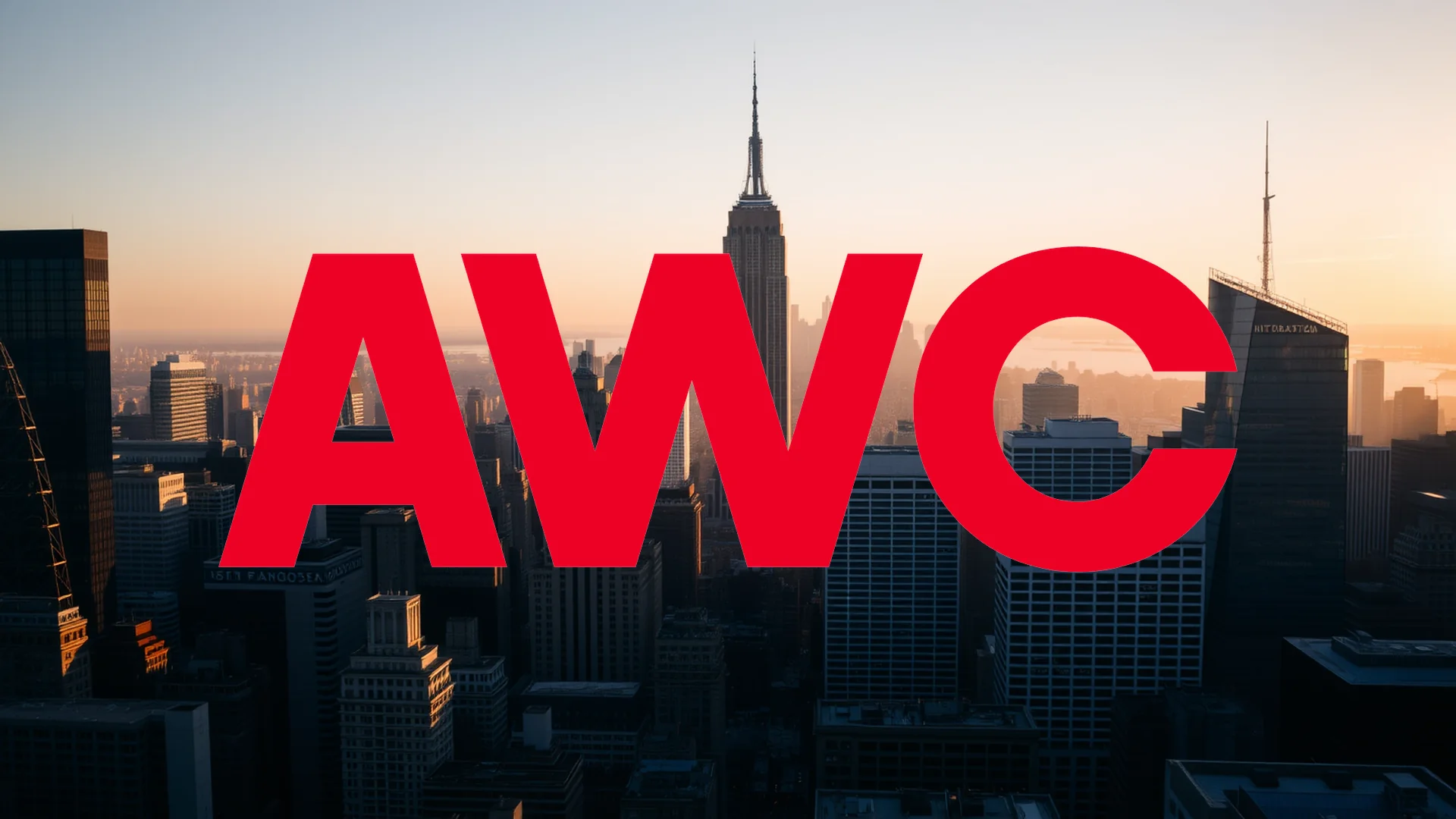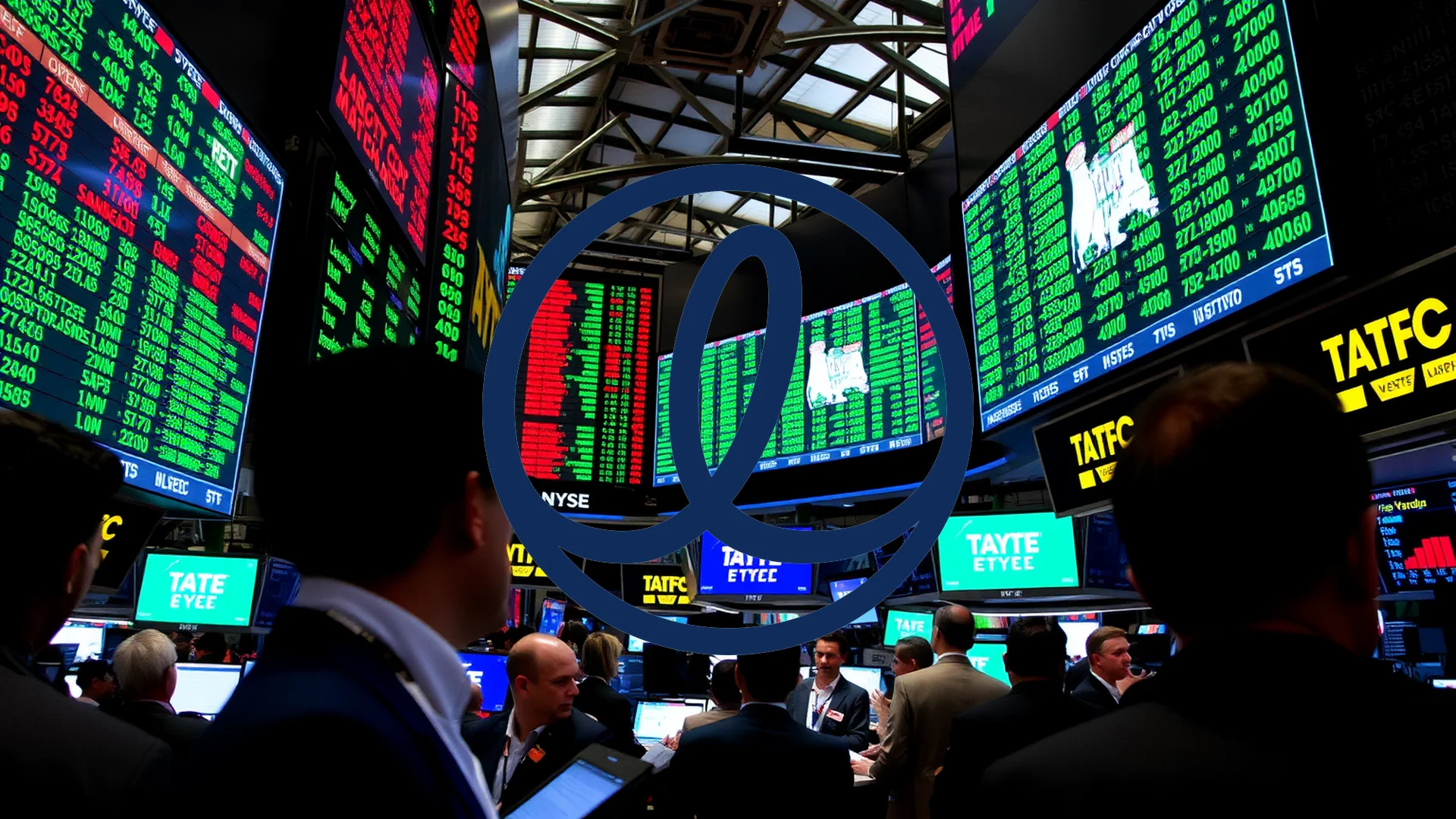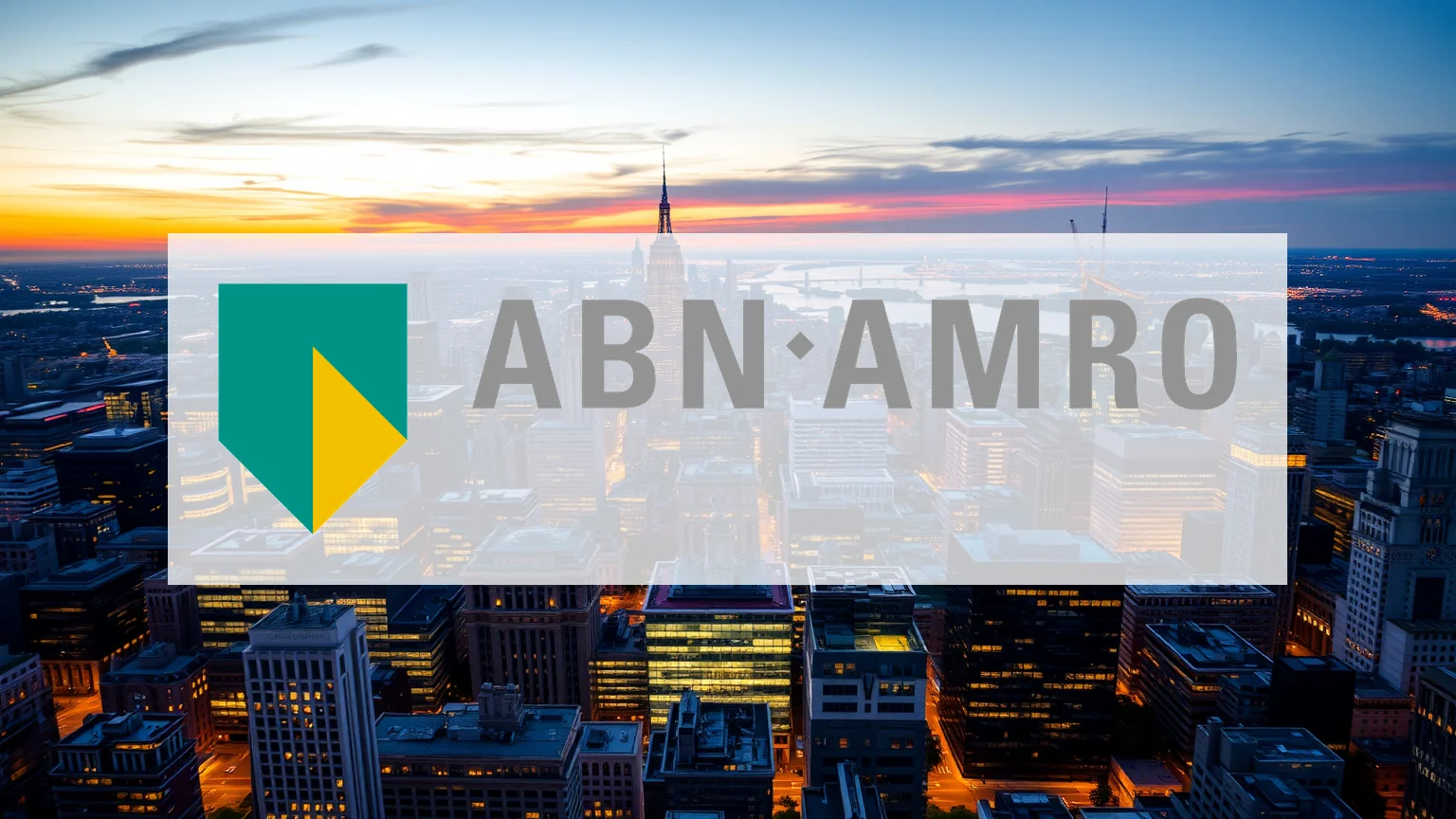After several disappointing years, the global consumer goods behemoth is showing unexpected signs of revitalization. A surprising third-quarter performance, an analyst upgrade, and sweeping restructuring initiatives under new CEO Philipp Navratil have ignited speculation about a potential sustained recovery for the long-struggling giant.
Market Sentiment Shifts as Analyst Outlook Brightens
Berenberg, the investment bank, has significantly revised its position on Nestlé, elevating its rating from “Hold” to “Buy.” The firm also raised its price target to 92 CHF, suggesting a substantial 19 percent upside from current levels. The analysts’ rationale points to an anticipated “enhanced corporate performance across all levels of the profit and loss statement” by 2026.
This renewed confidence stems largely from the company’s October quarterly report, which delivered several positive surprises:
- Organic growth reached 4.3%, notably surpassing the 3.7% consensus forecast.
- Real Internal Growth (RIG) returned to positive territory, registering a 1.5% increase.
- Pricing power was reaffirmed with price hikes of 2.8%.
The coffee and confectionery divisions were primary drivers of this recovery. However, the most significant developments are emerging from the executive suite.
New Leadership Implements Sweeping Changes
Since his unexpected promotion to CEO in September, Philipp Navratil has moved decisively. His transformation strategy is both ambitious and far-reaching, focusing on operational efficiency and cost management.
Key elements of the plan include:
Should investors sell immediately? Or is it worth buying Nestle?
- Eliminating 16,000 positions over a two-year period.
- Increasing cost-saving targets from 2.5 billion to 3.0 billion CHF.
- Achieving an additional 1 billion CHF in annual cost of goods sold (COGS) efficiencies.
Navratil has stated the company is “transforming how we work,” signaling a clear intent to create a leaner, more competitive, and more profitable organization.
Underlying Challenges and Persistent Headwinds
Despite the recent optimism, Nestlé continues to face deep-seated structural issues. Berenberg itself referenced a “20-year low in performance,” highlighting several concerning financial metrics:
- A 9% decline in earnings per share (EPS) for the current year.
- A 25% contraction in free cash flow.
- A leverage ratio of 3.1x, the highest level witnessed in two decades.
Regional vulnerabilities also remain a burden. The Greater China market is contending with softening consumer demand, the Gerber baby food brand is ceding market share in the United States, and the vitamin business is undergoing a strategic review.
Weighing the Investment Proposition
Nestlé shares are currently trading at 83.70 euros, a level substantially below the 52-week high of 94.88 euros. According to Berenberg, the forward P/E ratio of 17x is hovering “near 10-year lows,” potentially marking an attractive entry point for investors.
The bank’s projections for 2026 include a 4% growth in EPS and a 50-basis-point recovery in EBIT margins. Real Internal Growth is also forecast to accelerate from 0.7% to 2%.
The critical question remains whether CEO Navratil can successfully balance aggressive cost-cutting with the necessary investments to fuel long-term growth. The coming quarters will determine if this revival represents a genuine, sustainable comeback or merely a temporary flash of improvement.
Ad
Nestle Stock: Buy or Sell?! New Nestle Analysis from December 20 delivers the answer:
The latest Nestle figures speak for themselves: Urgent action needed for Nestle investors. Is it worth buying or should you sell? Find out what to do now in the current free analysis from December 20.
Nestle: Buy or sell? Read more here...










